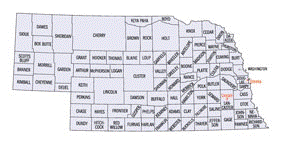Geography Program

Geography Program: Faculty Publications
Document Type
Article
Date of this Version
1992
Abstract
In 1987, a major disaster occurred when an estimated eight million hectares of tropical forests in Brazil were destroyed (World Resources Institute 1990, 102). This event is considered a disaster because it was only the annual portion of an on-going process having immense spatial and temporal effects. The temporal impact is expected to remain virtually forever. In contrast to many disasters having a limited temporal impact because restoration is possible, the extermination of several biotic species associated with rainforest destruction is permanent. Likewise, some of the spatial effects have reached their potential areal maximum because they have affected the entire Earth. In some respects, it may be misleading to refer to "the disaster of 1987" because the expression implies the tragedy happened only during a single year and that rainforest destruction no longer occurs. It should be made clear that many of the forces that led to the widespread cutting and burning of forests in the Amazon in 1987 had produced similar results in previous years and they continue to create conditions that encourage the destruction of forests (Figure 1). Nevertheless, comments here focus on a particular year because such a time constraint aids in describing the multitude of interrelated events that affect the Amazon region.


Comments
Published in Natural and Technological Disasters: Causes, Effects and Preventive Measures. Edited by S.K. Majumdar, G .S. Forbes, E. W. Miller, and R.F. Schmalz. © 1992, The Pennsylvania Academy of Science.